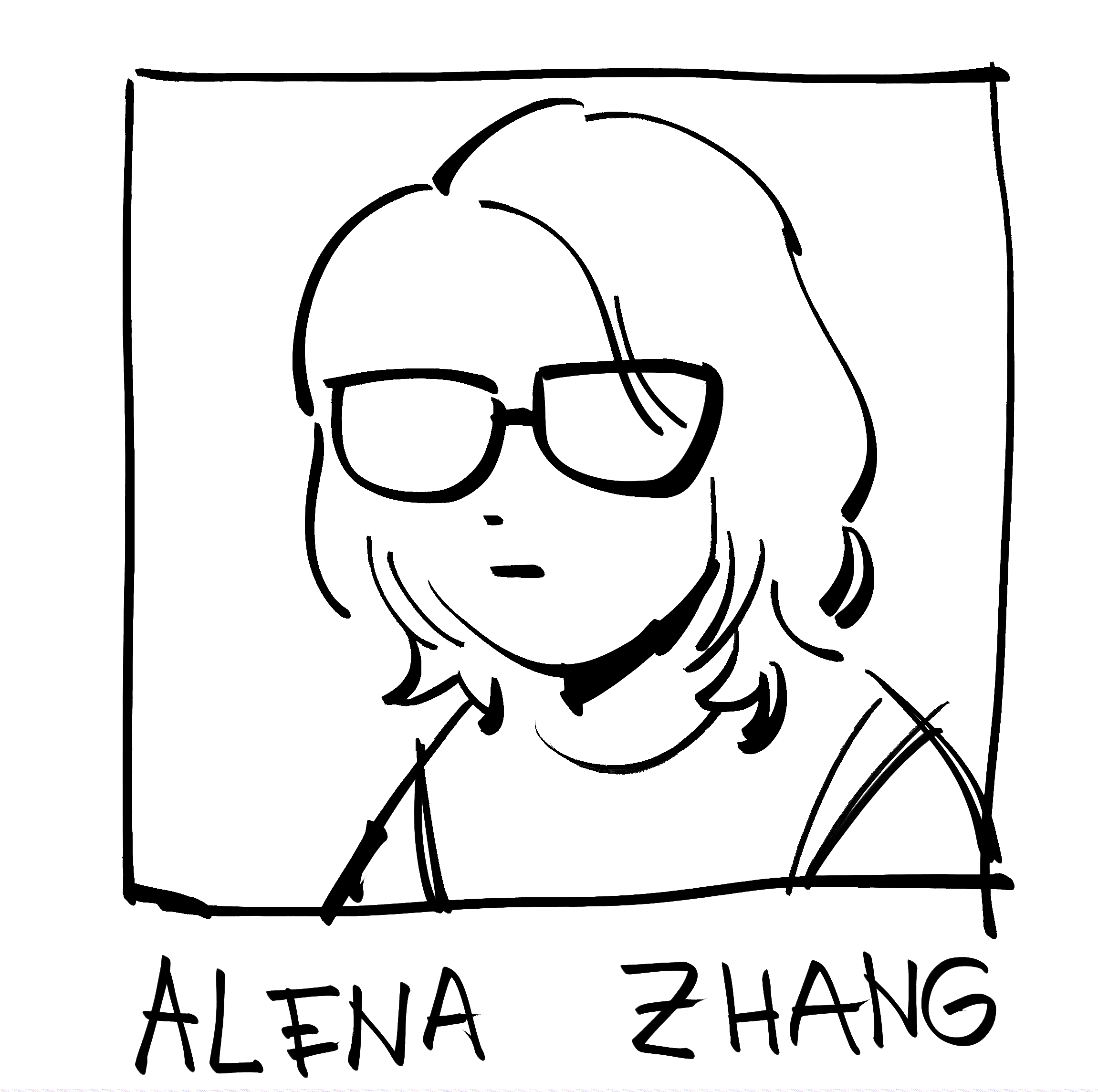Self-DIRECTED book cover design project (2023)
This midterm season, I self-scheduled and organized a three-day intensive book cover design project, ending with a final dust jacket mockup mounted on a book dummy. In the process, I researched composition conventions, book dimensions, dust jacket sizing, typography, and more.
the luminous dead by caitlynn starling (2019)
Because of the quick turnaround, I immediately jumped into thumbnailing.
I chose two books of extremely differing genres and popularity so I could showcase my versatility and better know what genre I personally preferred to work with. The first book I chose was The Luminous Dead, an adult horror sci-fi novel published in 2019. It only had one official cover made. None of my friends had ever heard of it when I recommended it to them. Thus, I felt a responsibility to represent the whole of the novel throughout the cover image; it could make or break whether someone picked it up.
Most of my thumbnails were centered on a single figure silhouetted against a vast negative space; the protagonist, Gyre, is functionally the only corporeal character in the novel, and the vast isolation she feels during the novel is the crux of the novel's horror aspect. I wanted the negative space to to feel imposing and suffocating, and I wanted the viewer to feel trapped with Gyre.
Percy Jackson and the Lightning Thief by rick riordan (2005)
The second book I chose was Percy Jackson and the Lightning Thief, the young adult fantasy novel that kicked off a franchise. Percy Jackson has had more cover redesigns than one can count, a recent example being Penguin Random House's Victo Ngai redesign. It looks beautiful, and although it doesn't quite convey the coming-of-age, teenage road trip, it doesn't need to -- everyone knows what Percy Jackson is.
I broke away from YA cover art traditions to experiment with how different compositions could convey different stories. In my first thumbnail, I wanted to convey a calmer moment but still emphasize the danger looming on the horizon. I used a straight foreground line to create a sense of stillness, but slanted it slightly to create a sense of unease. For my second thumbnail, I fully leaned into the dramatic, warped foreground and character stance of YA fantasy covers. For my third, my use of Percy's bust as a silhouette makes the novel appear more introspective and psychological. Lastly, for my fourth thumbnail, I highlighted a beginning moment wherein Percy is still in school . A window framing a distant storm represents a 'call to action.' If it were a less popular franchise, readers might be mislead about the novel's contents, but within the context of the Percy Jackson franchise, these covers can bring a fresh outlook to iconic novel moments.
FINAL COVER MOCKUP
Time only allowed me to take one cover to a more finalized mockup. I was more drawn to one of my first thumbnail designs for The Luminous Dead, since I’ve been meaning to create a cover for it and thus had had more time to develop an image.
I still wanted the imposing mystery of the empty space, but with enough subtle texture that certain aspects could be inferred about the background. Although the dimly lit flowers look unassuming at first glance, you notice after a time that there is a vaguely hand-shaped object laying among them. I attempted to make the title appear dimly lit as well, to echo the flowers and not take attention away form them by being too high-contrast.
For the front flap of the dust jacket, I continued the pre-established perspective slant of the foreground to further emphasize the detail of the flowers. You see this flap first; as the reader, you are intrigued by the possibility of the book, but it also represents the possibility Gyre sees in the job she is about to take.
I continue my perspective slant in the other direction as well. Once you reach the end flap of the dust jacket, the glow of the flowers have tapered out — a downer ending where nobody got what they wanted without a significant cost.
Physical mockup


I have the privilege of access to a printer that allows me access to Gloss, Satin, and Matte finishes. Research told me that a gloss/satin finish would heighten saturation and contrast while matte would mute it; and thus, matte would more likely be seen on more mature and grounded titles. I tried out all three and mounted them up on a book dummy to see how they would look.
Because a large portion of my design is black, the gloss made the black so reflective it was impossible to see the cover of the book. However, on the other side, a matte finish diminished the saturated luminescence of the flowers and erased all of the more subtle detail I had placed into the black background.



I went for the satin/half gloss finish in the end. While testing the different paper types among my peers, the most common response to the gloss and satin covers were: “Wow, it looks like a real book!” The matte cover did not fit the genre I was designing in. The satin paper not only allows the design to achieve the best of both worlds but also eliminates the problems I had with the gloss and matte prints.




